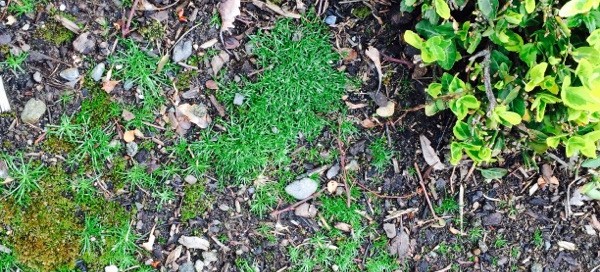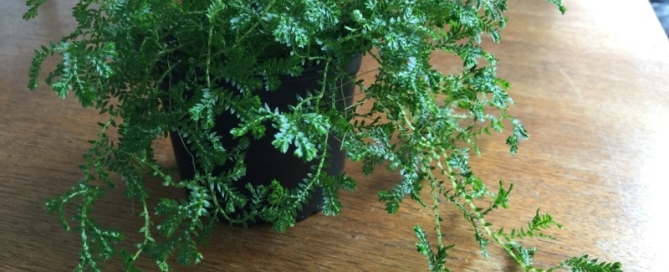Moss Prevention In The Garden
Moss is an opportunistic plant in the mild wet NW landscape. When soils are compacted, lacking nutrition and aeration (lack of drainage) you get moss and more commonly weeds. When you fix the problem that is shown by the symptom (moss) then you will no more have a moss problem.
Steps for resolving moss/weed issues;
1) Make sure that you gently cultivate your soil in the open and unplanted areas once per year with a tool like a "Winged Weeder", "Scuffle Hoe" or "Hula Hoe". No need to go deep or overwork the soil as this can have adverse effects as well.
2) Top dress your open, unplanted spaces with a layer of 1-2 inches of compost, this adds key nutrition, but also adds the opportunity for beneficial organisms to have an environment conducive to keeping your soil happy.
3) NEVER leave bare, exposed compost or topsoil. We call this "Naked Soil Syndrome" and this leads to all of the above problems.

